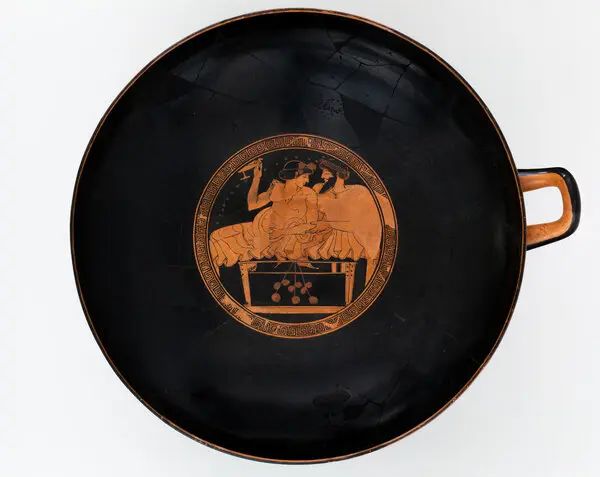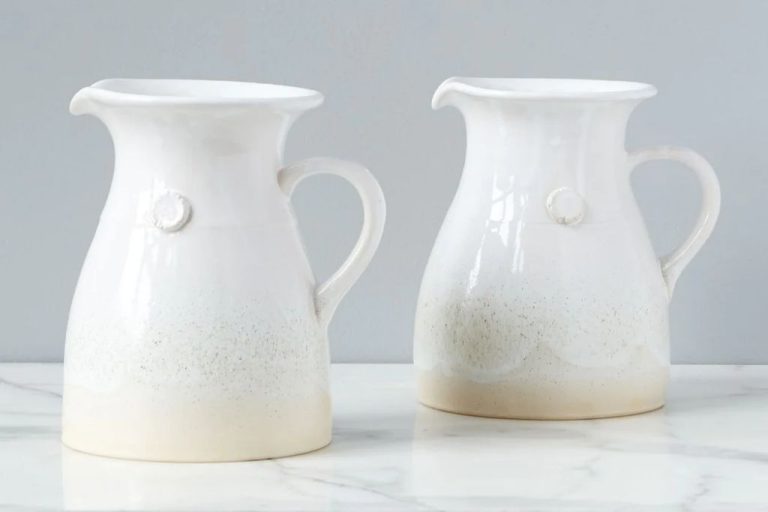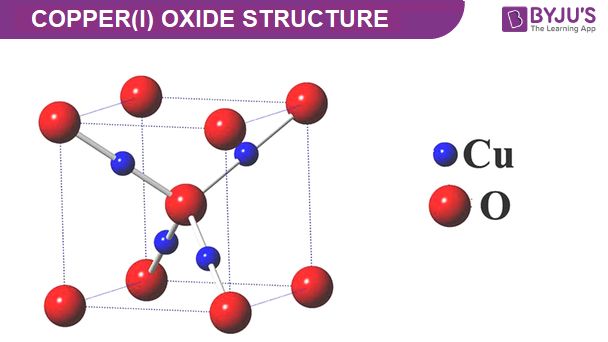Can You Get Clay From Clay Soil?
What is Clay Soil?
Clay soil is a type of soil that contains at least 35% clay particles. Clay particles are the smallest soil particles, less than 0.002 mm in diameter. This means clay soil has a very fine texture.
The composition of clay soil includes clay minerals such as kaolinite, halloysite, and montmorillonite. These tiny plate-like clay particles create a dense, tightly bound soil structure that holds water and nutrients well. However, too much clay content can make the soil heavy and poorly drained.
The properties of clay soil include:
- Dense and sticky consistency when wet
- Slow water drainage
- Hard and cracked when dry
- Holds nutrients well
- Can become compacted easily
- Slow to warm up in spring
Uses of Clay
Clay has been utilized by humankind for thousands of years due to its abundance and versatility. Some of the main uses of clay include:
Pottery and Ceramics: Clay is the primary material used to produce pottery, ceramics, bricks, tiles, and other construction materials. The plasticity of clay when wet makes it ideal for shaping, while firing permanently hardens these shapes. Ceramic glazes are mixtures of clay minerals and various metal oxides that create a glassy coating.
Construction Materials: Clay bricks, roof tiles, floor and wall tiles have been used in structural building for millennia. When fired at high temperatures, the minerals in clay fuse to create strong, durable materials. Modern concrete also often incorporates clay minerals as a key binding ingredient.
Cosmetics: Various clays such as bentonite and kaolin are used in skin care products and cosmetics. The minerals in these clays can remove impurities and absorb excess oils while adding beneficial minerals to the skin. Clays are common ingredients in facial masks, soaps, and other beauty products.
Medicinal Uses: Clay has a long history of medicinal and therapeutic applications when ingested or applied topically. Specific clays are believed to help treat digestion issues, skin conditions, and relieve pain and inflammation. However, medicinal clays should be food-grade and taken with care.
Extracting Clay from Soil
Extracting clay from the soil is an intensive manual process. The most direct method is to simply dig up clay-rich soil and then refine the clay manually from the dirt. This involves digging pits or small mines to access subsoil deposits, then breaking up and removing rocks, silt and other impurities from the clay. The most basic refining technique is known as slip casting – mixing the clay soil with water to form a slurry, then pouring off the suspended clay while allowing rocks and heavy particles to settle out.
Larger commercial clay mining operations use more mechanized methods. After removing surface vegetation, heavy machinery strips away subsoil to access clay deposits, which are transported to a refinery. The raw clay then undergoes crushing and grinding to break up large clumps. A blunger mixes the crushed clay with water to form a suspension that flows through hydraulic sieving and chemical flocculation tanks to further remove non-clay materials.
Next, the refined clay slurry passes through filter pressing, centrifuges and/or vacuum extruders to remove excess water and concentrate the clay. Drying the concentrated clay produces a clay powder ready for further processing in downstream manufacturing. Advanced minerals separation techniques like magnetic separation can also help isolate high purity clays. Careful processing and refining of raw clay ensures maximal quality and suitability of the clay for making ceramics, cosmetics, cements and other products.
Challenges of Clay Extraction
Extracting clay from soil can be a labor-intensive process that requires specialized equipment and access to geographic clay deposits. Here are some of the main challenges involved in extracting clay:
Labor-Intensive Process
Unlike other minerals that can be mined, clay deposits are diffuse resources mixed in with regular soil. Manually separating the clay requires extensive physical labor to dig, transport, and process the soil. In the past, clay mining involved back-breaking work handling tons of earth.
Specialized Equipment Needed
While some small-scale artisanal mining may still rely on manual work, most commercial-scale clay extraction uses heavy machinery. This includes excavators for digging up soil, dump trucks for transporting it, and industrial washers to separate clay from other particles based on size and density.
Geographic Availability of Clay Deposits
High-quality clay deposits are not evenly distributed around the world. The availability depends on the geographic region’s underlying geology and how clay-rich sediments were deposited over time. Commercial clay extraction is limited to places with abundant clay reserves, which can make sourcing clay challenging.
Evaluating Soil’s Clay Content
There are several methods that can be used to evaluate the clay content in soil before attempting to extract it:
Soil Texture Triangle
The soil texture triangle is a chart used to classify soil based on the percentages of sand, silt and clay it contains. Soil with over 40% clay is considered heavy clay. The soil texture can be estimated by laboratory particle size analysis or by hand texturing.
Ribbon Test
The ribbon test involves taking a moist ball of soil, rolling it into a ribbon between your fingers, and noting how long the ribbon can extend before breaking. Longer ribbons indicate higher clay content.
Settling Test
In a settling test, soil is mixed into a clear jar with water and then allowed to settle into layers. Heavier particles like sand settle first, followed by silt and then clay. The thickness of the clay layer indicates the clay percentage.
Touch and Feel
The texture of clay soil can also be estimated by touch and feel. Clay soils feel very smooth, slippery, sticky and dense when wet, and turn hard and solid when dry.
Best Clay Extraction Locations
Many of the best areas for harvesting natural clay are concentrated in the central United States and western states. The Mississippi River basin contains rich alluvial clay deposits from modern and ancient waterway transportation. States such as Minnesota, Iowa, Missouri, and Tennessee contain extensive clay beds ranging from kaolin to bentonite clays. The glaciated north central states, including North Dakota, South Dakota, Nebraska, and Kansas, also sit atop glacial clay deposits.
In the western United States, central California and central Oregon have abundant clay soils due to their volcanic origins. Washington and Idaho states harbor clay deposits from Ice Age floods and glaciers. States like Wyoming, Colorado, Utah, and New Mexico also contain localized clay beds in their arid terrain.
Internationally, high-grade kaolin and ball clays are heavily mined in the United Kingdom and Germany. China, Brazil, and India are leading producers of kaolin and refractory clays. Bentonite and common clay deposits are spread globally, including major mines in Cyprus, Greece, Turkey, Spain and Italy.
Large-scale commercial clay mining benefits from geologic surveys, core sampling, and investment in heavy earthmoving equipment. The largest bentonite clay reserve in the world spans over 10,000 acres in the United States. Locating high purity, industrial-grade clays makes commercial clay mining viable.
Sustainable Clay Harvesting
As with any natural resource extraction, harvesting clay sustainably requires careful consideration of environmental impacts. There are several responsible practices clay miners can adopt:
Reclaim mining sites – Fill in pits and holes created during clay extraction to restore the landscape. Re-vegetate cleared ground by replanting native plant species. Take steps to prevent soil erosion.
Protect water resources – Avoid contaminating groundwater and rivers. Properly dispose of wastewater from mining operations.
Conserve habitats – Conduct environmental impact assessments before mining to identify endangered species and sensitive ecosystems. Alter mining plans to avoid damaging important habitats.
Reduce dust and noise – Use dust suppression techniques to minimize air pollution. Plant vegetation buffers around mines to reduce noise impacts. Maintain mining equipment to reduce noise.
Recycle and reuse – Look for opportunities to recycle waste materials from mining operations. Reuse mined areas for public spaces or facilities compatible with the landscape.
Adopting sustainable practices reduces the environmental footprint of clay mining. With careful planning and restoration, clay can be extracted while still protecting ecosystems and communities.
Alternatives to Natural Clay
Besides extracting clay directly from the earth, there are some alternatives that provide similar molding and shaping capabilities:
- Synthetic modeling compounds – These are man-made clays, usually made from a mixture of oils, waxes and polymers. Popular brands like Play-Doh fall into this category.
- Polymer and resin clays – Made from artificial polymers and resins, these clays harden at low temperatures to provide a durable material for arts and crafts. Sculpey and Fimo are well-known polymer clay brands.
- Recycled and reconditioned clay – Some clays can be recycled, rehydrated and reused. Production scraps and waste clay are often collected and reconditioned for additional arts and crafts projects.
While not natural, these alternatives provide similar working properties as natural clays. The materials can be shaped, molded, sculpted and painted once hardened through heating or air drying.
Storing and Preparing Clay
When storing clay for later use, it’s important to properly dry it and store it in a way that prevents mold growth.
After extracting clay from the soil, lay it out in a thin layer and allow it to air dry completely. This may take a few days. You can also dry clay in an oven on a low temperature (below 212°F). Fully drying the clay prevents mold from developing.
It’s best to store dried clay in an airtight plastic container or ziplock bag. The container should be clean and dry before adding the clay. Glass jars also work well for storage. Preventing moisture from getting into the clay will inhibit mold growth.
When ready to use the stored clay, you can reconstitute it by mixing in some water. Start with small amounts of water and knead it to bring the clay back to a workable consistency. Pay attention that you don’t add too much water, which can make projects collapse.
With proper drying and storage techniques, clay can be kept for extended periods of time without growing mold or bacteria. Just remember to keep it in an airtight container in a cool, dry area.
Conclusion
Clay is an incredibly useful and versatile material that has been utilized by humans for thousands of years. While clay can be readily found in certain soil types, extracting it in a responsible and sustainable way requires careful planning and effort.
As discussed, clay contains tiny, plate-shaped particles that give it plasticity when wet and harden when dried or fired. This makes clay ideal for pottery, bricks, ceramics, cement, and cosmetics. However, not all soil contains significant clay content, so identifying the right extraction sites is crucial.
Once a high-clay soil source is located, the clay must be properly harvested to avoid environmental damage. Topsoil removal should be limited, and efforts made to minimize ecosystem disruption. Responsible clay extraction means working with nature, not against it.
While naturally-sourced clay has unique properties, for some applications, synthetic or alternative clay products are more eco-friendly options. The key is evaluating the intended use and selecting the most sustainable clay source.
In the end, clay is an abundant and incredibly useful natural material. With care and responsibility, we can continue utilizing clay sustainably while preserving the beauty of our planet for generations to come.




